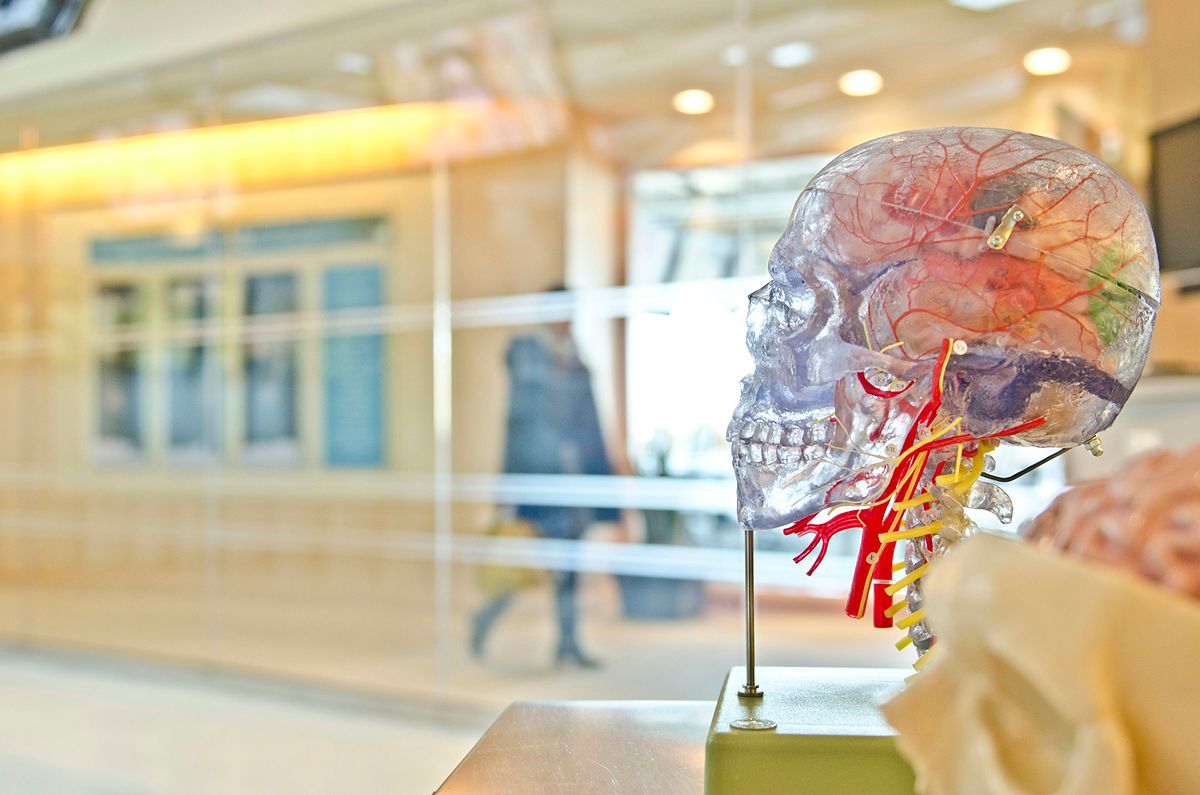Researchers at the University of Wisconsin-Madison have developed a tool that combines autofluorescence and single-cell genetic sequencing to study the different states of stem cells in the nervous system. This tool could provide valuable insights into the aging process of stem cells and their role in neurological diseases.
Understanding Stem Cell Behavior in the Nervous System
Researchers at the University of Wisconsin-Madison have developed a new tool that combines autofluorescence and single-cell genetic sequencing to study the different states of stem cells in the nervous system. This innovative approach could provide valuable insights into the aging process of stem cells and their role in neurological diseases.
Autofluorescence, the natural light emitted by cells, is often seen as a hindrance in research. However, the UW-Madison team discovered that the signatures of autofluorescence can be used to study the dormant state of stem cells, known as quiescence. By harnessing the natural light emitted by cells, researchers can gain a better understanding of the different states of stem cells and their role in aging and neurological diseases.
Unveiling the Quiescent State of Stem Cells
The quiescent state of stem cells, known as the dormant state, is a crucial phase in the production of new neurons in the adult brain. However, aging and neurological diseases can impede this process, making it important to study neural stem cells in their different cell states. The researchers aimed to create a tool that could identify whether an adult neural stem cell is quiescent or activated, entering the cell cycle.
To achieve this, Darcie Moore, a professor of neuroscience at UW-Madison, collaborated with Melissa Skala, a biomedical engineering professor at the university. Skala's lab has been using fluorescence lifetime imaging to study the autofluorescent signatures of single cells. By focusing on the light emitted by specific cell components that change with quiescence, the researchers identified a light "signature" that corresponds to the target cell state.
Decoding Stem Cell States through Autofluorescence Signatures
To confirm the matches between cell state and light signatures, the researchers sequenced the RNA of the mouse neural stem cells they studied. RNA is a molecule that is used to produce proteins in cells. The sequencing results confirmed the correlations between cell state and autofluorescence signatures.
By decoding these autofluorescence signatures, Moore and Skala have developed a tool that could aid in the study of adult neurological diseases and aging. This tool has the potential to be applied beyond neuroscience, as the researchers are already collaborating with Colin Crist, a professor of human genetics at McGill University, to investigate the unique autofluorescent signatures present in muscle stem cells.
Unlocking the Potential of Stem Cell Research
The ability to study cells as they change over time without destroying them and observe how functional measures change is an exciting prospect. Moore believes that this shift from studying static systems to dynamic systems will provide valuable insights into cellular processes.
This research was supported by grants from the National Institutes of Health, the Vallee Foundation, the Morgridge Institute for Research, and the Retina Research Foundation. The findings were published in the journal Cell Stem Cell.

